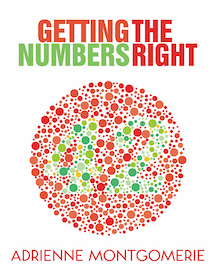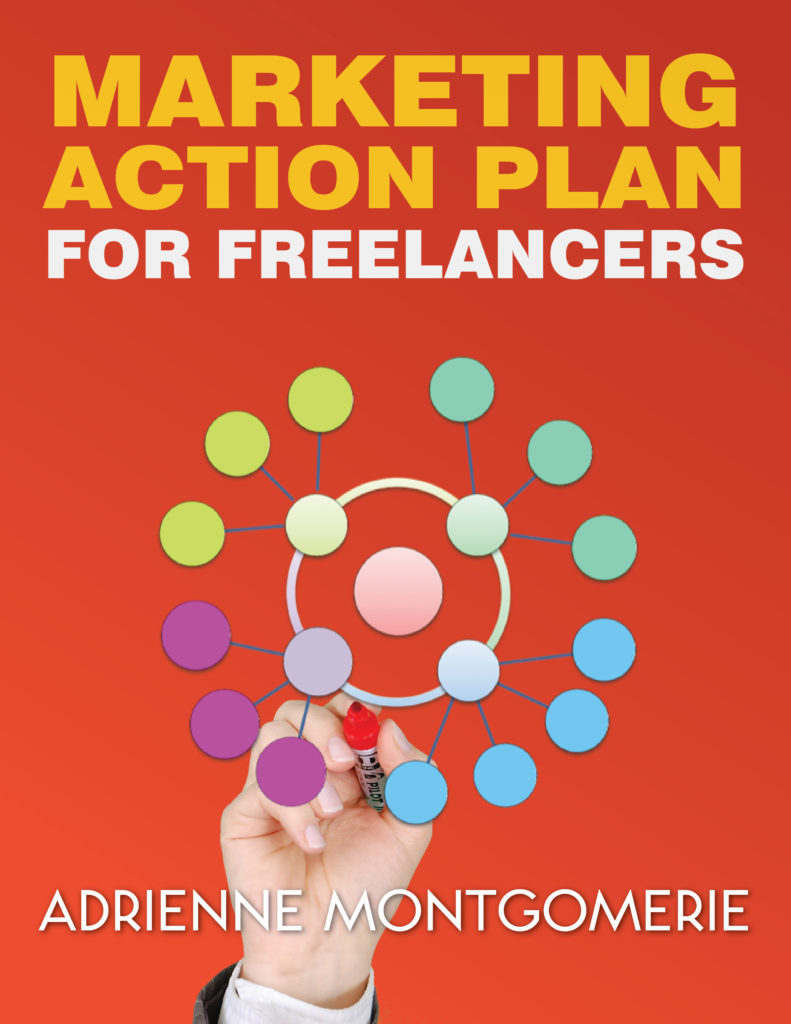Reading a manuscript straight through is the least efficient method and maybe ensures the least effectivity. By chunking the editorial tasks, we focus our attention and our decisions, resulting in maximum speed and efficacy. Depending on the type of material, an editor might never read it in one great linear swath, front to back.
Which Edits to Chunk
For proofreading, it makes sense to check all of the page headers and folios at once, as flipping the pages is most efficient, making any outliers jump into your eyes. A copyeditor can make use of Word’s features to chunk tasks such as checking all heads in the Navigation/Find pane, and a structural editor can check for paragraph flow using the “first line only” setting in outline view. Leaving all the fact checking to be done at once is one of the best productivity boosters (just highlight those items so they’re easy to find). Here are some edits that can be chunked to be done all at once:
- Sequential numbering of figures and tables
- Figure contents (see the full checklist)
- Table contents (see the full checklist)
- Captions (see the full checklist)
- Graphs (see the full checklist)
- Numerical contents and equations (math)
- Headings (levels, styles, parallelism, and communal sense — see this self-study exercise)
- Styles (see this quick trick)
- Routine changes for house style (see this list)
- Lists for type, end punctuation, and numbering (see the full checklist)
- Word choices for house style that can be automated (such as deleting the S on towards)
- Component presence and completeness (such as number and frequency of exercises or marginal features during a structural/ substantive/ developmental edit)
- References or bibliography accuracy, formatting, etc.
- Fact-checking for internal consistency (true fact checking is a separate step)
- Cross-references
- Word counts of various features/ sections/ chapters for copyfitting
During a read-through is the time to check for grammar, punctuation, reading level, word choice, and such. Of course, anything that jumps off the page at you while doing any chunk can get fixed. Chunking also facilitates a kind of spot checking.
How This Might Look
The way you put these chunks into practice might depend on the type and length of manuscript, how long you’ve been working on it, and on how you are feeling that particular day. Sticking to a strict order probably isn’t the most productive for you. Instead, use a checklist to make sure you don’t miss any “chunks,” but let your own energy, focus, and drive have a say in what chunks get done when. Here’s a sample of the first five hours editing a file:
- Headings — get a sense of the manuscript
- Styles — general cleanup so it’s not distracting, with ongoing tweaks during read-through
- House style macro/ PerfectIt
- Begin read-through, flagging things to fact check and cross-check later.
- Switch to F&R for a misspelled name
- BREAK
- Resume read-through.
- Tire out, but still need billable hours? Switch to checking figure numbering.
NEXT DAY — Start with another rote check like cross-checking references or clearing yesterday’s flagged items until you feel in the groove and are ready to continue the read-through (i.e., the coffee kicks in); mark your place to resume that check later, if you like/need, but it’s most effective to complete it all at once. Or resume the read-through immediately, if this is your sharpest time of day!
Try this out and adjust for what suits you. You might adjust the approach for each manuscript or for each day! And just because you did a chunk once doesn’t mean it won’t have to be revisited at the end in a spot check when the changes are heavy. And for the most pressed of schedules, not every chunk will get done.
See It in Action
Want to see how this might look? Check out this demo in a live proofread!





